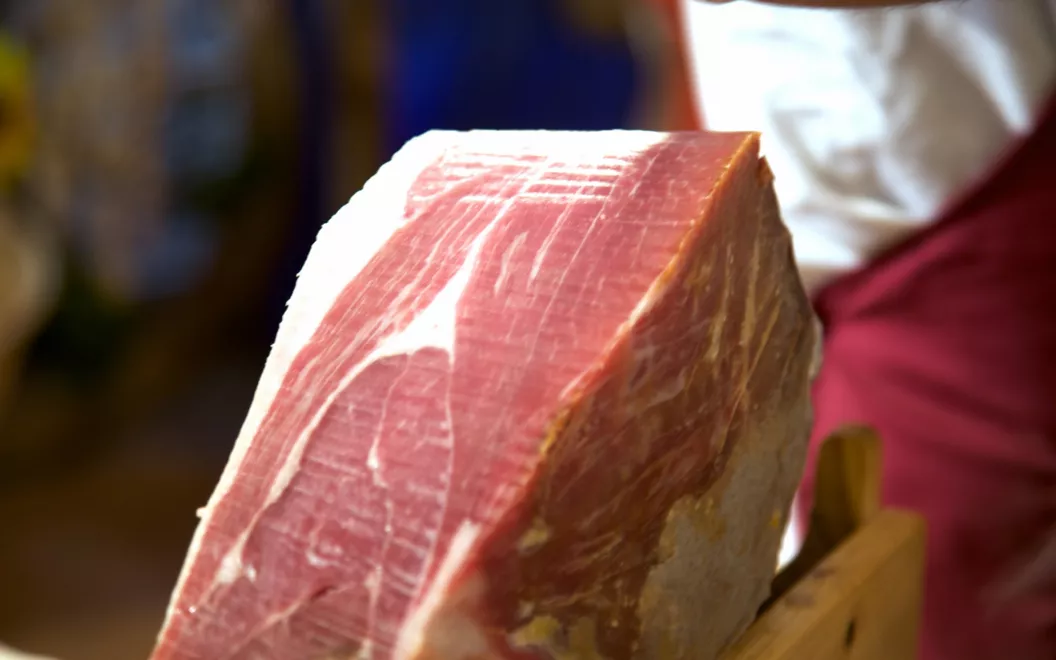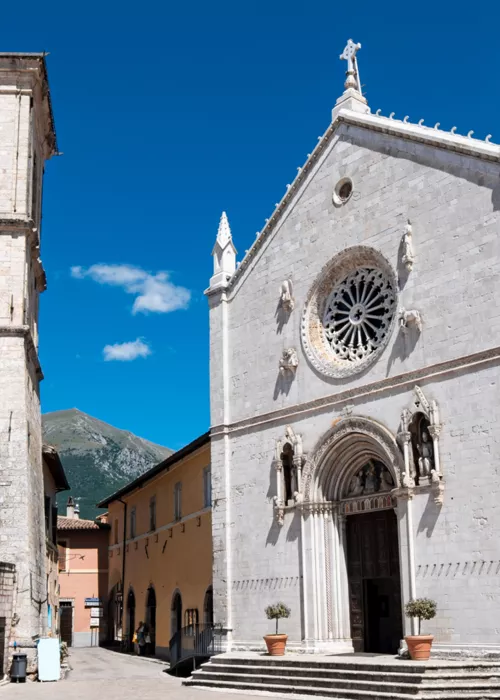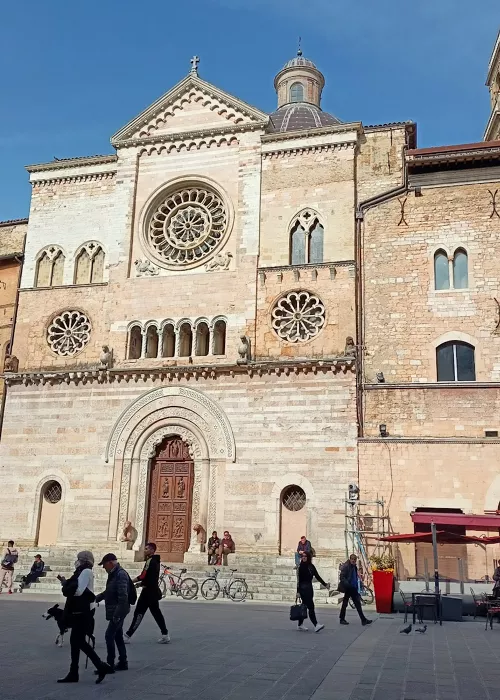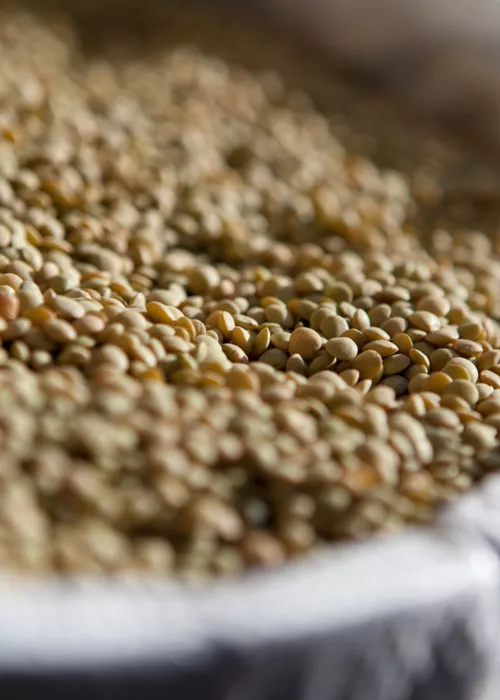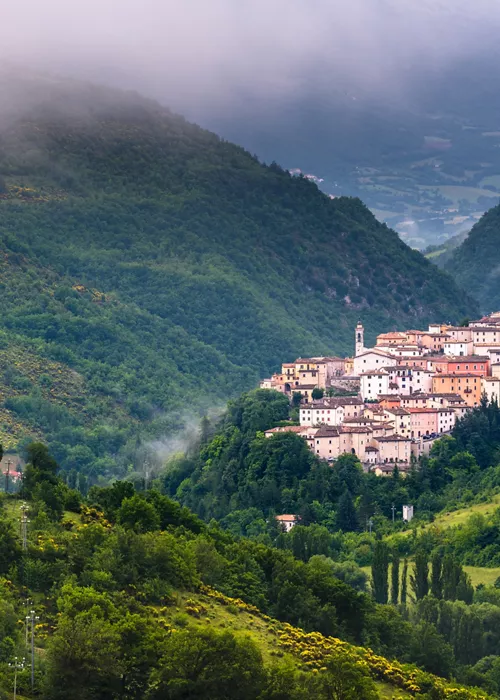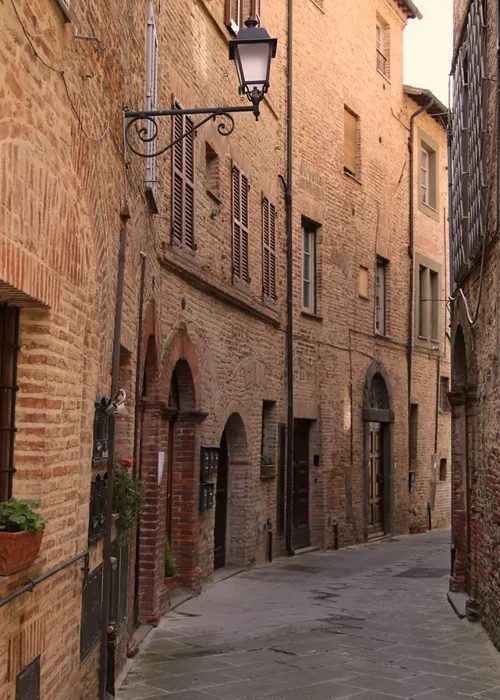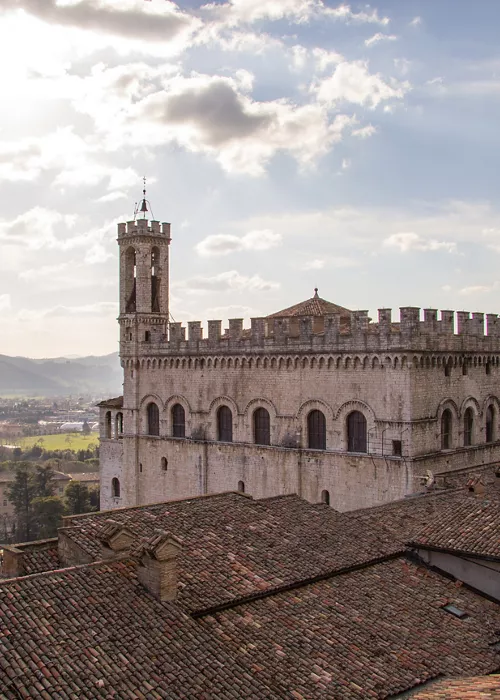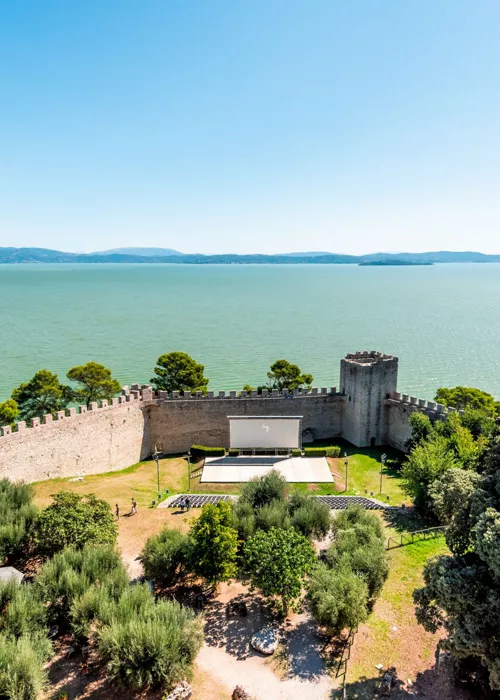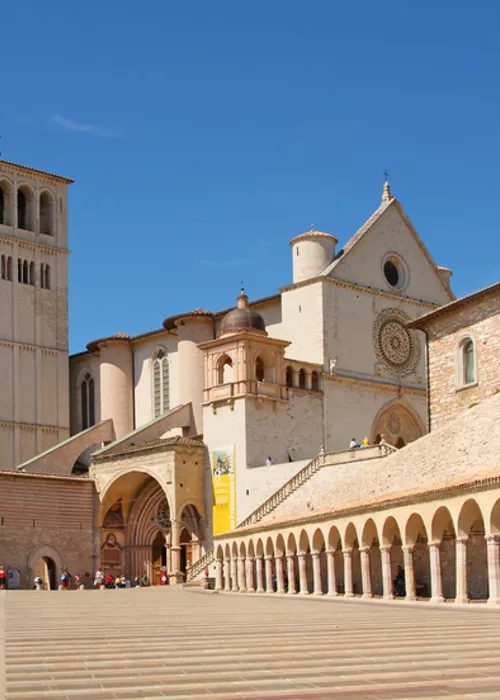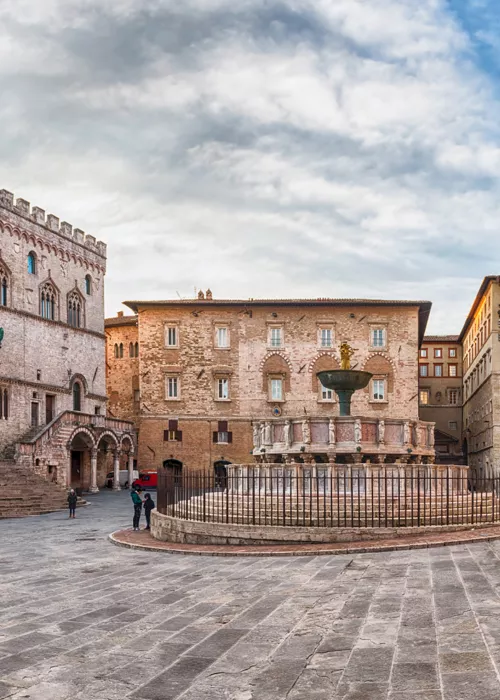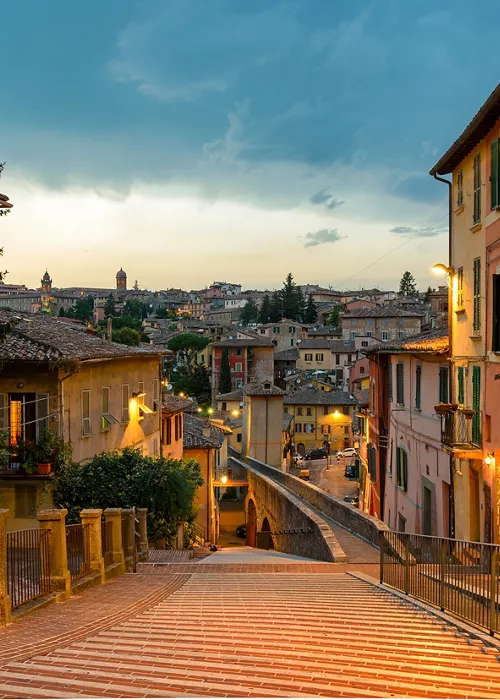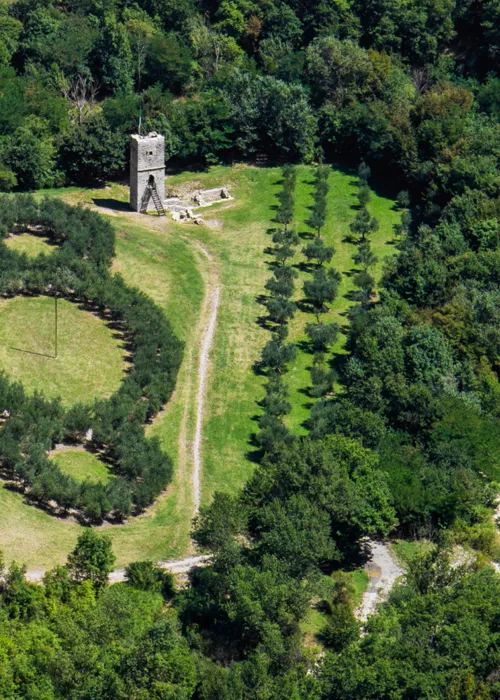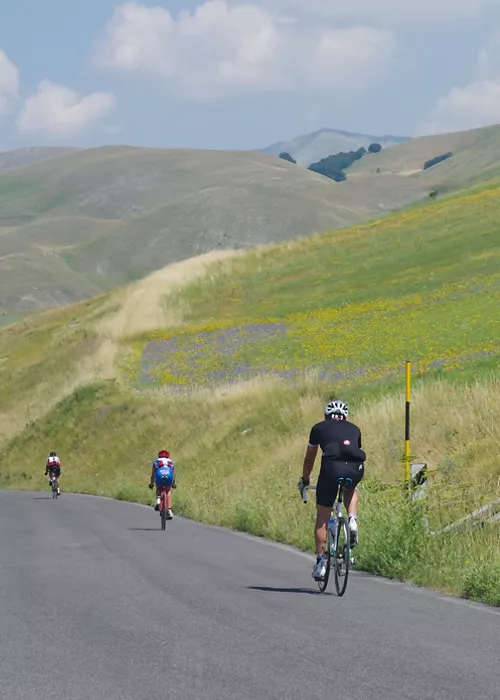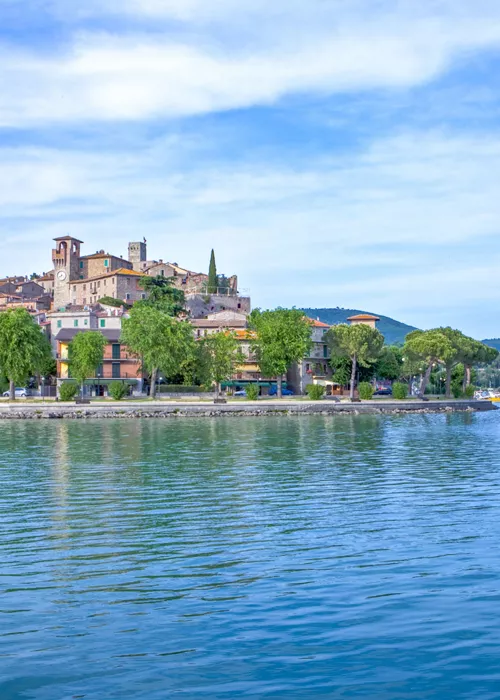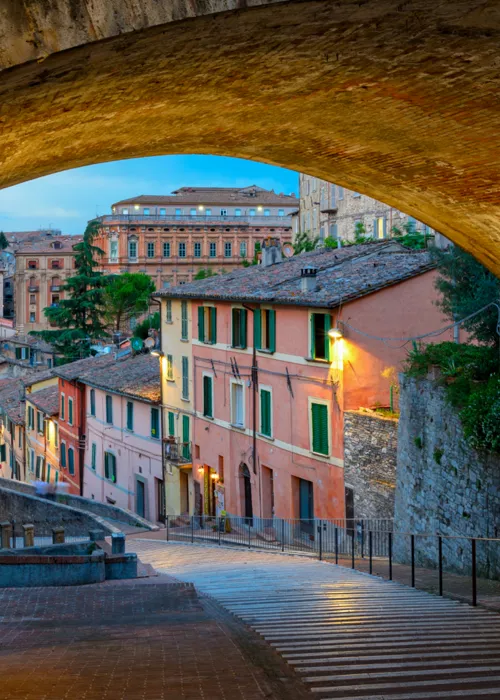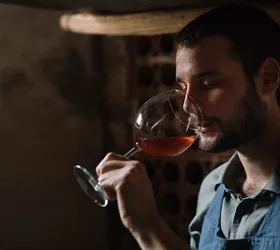The Umbria region by way of Gabriele Bonci’s pizza
3 minutes
History of Prosciutto di Norcia and other gastronomic wonders of Umbria
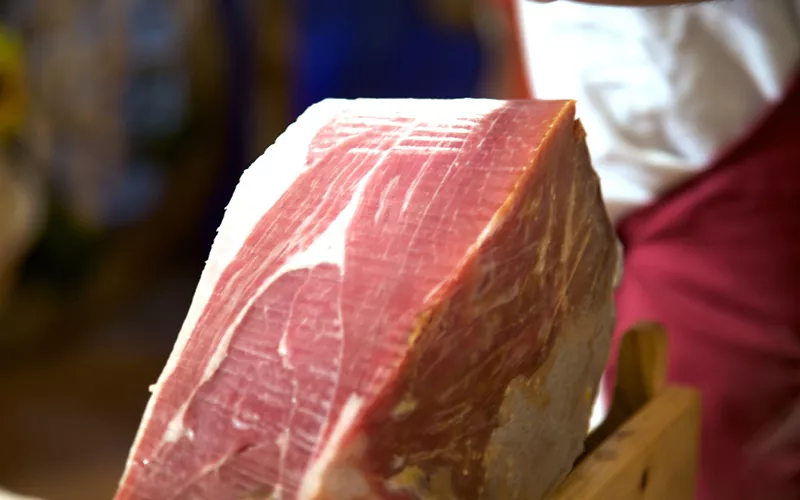
In the Norcia area, the production of cured meats is so old and renowned that it has given rise to the term norcino: it is from this superb tradition that Prosciutto di Norcia PGI was born, whose very high quality is the result of the marriage of ideal climatic conditions and craftsmanship.
Pigs have been reared in the hills and mountains of Umbria since Roman times, thanks to the oak forests where they found acorns to feed on. It was only around the 12th century, however, that in the area of the Valnerina, between Norcia and Cascia, the art of charcuterie developed, probably linked to the surgical school of Preci. In the Middle Ages, the pork butcher was also a surgeon who could perform minor operations, such as removing an abscess or a tooth. The pig was then slaughtered once a year, in winter, and breeders from Tuscany or Rome travelled to Norcia in summer to recruit pork butchers.
From this ancient history, in the area that stretches from the Sibillini Mountains to the upper valley of the Nera river – and today includes the municipalities of Norcia, Preci, Cascia, Monteleone di Spoleto and Poggiodomo – a handcrafted and completely natural ham is produced, without additives or preservatives. The climatic conditions of the upper Valnerina contribute to its unique flavour: the altitude and the balance between humidity and temperature are ideal for the creation of cured meats.
Only heavy pigs are used for Prosciutto di Norcia PGI, so that each piece can be cut into a pear shape and have the right percentage of fat. Salting is carried out at two different times, then the legs are left to rest for two to five months. Once the resting time is over, it is time for the sugnatura, that is, the covering of the uncovered part of the muscle with sugna, minced and seasoned pork fat, to prevent the ham from drying out too much. The last step is the ageing process, which must last at least twelve months.
Beyond Prosciutto di Norcia PGI
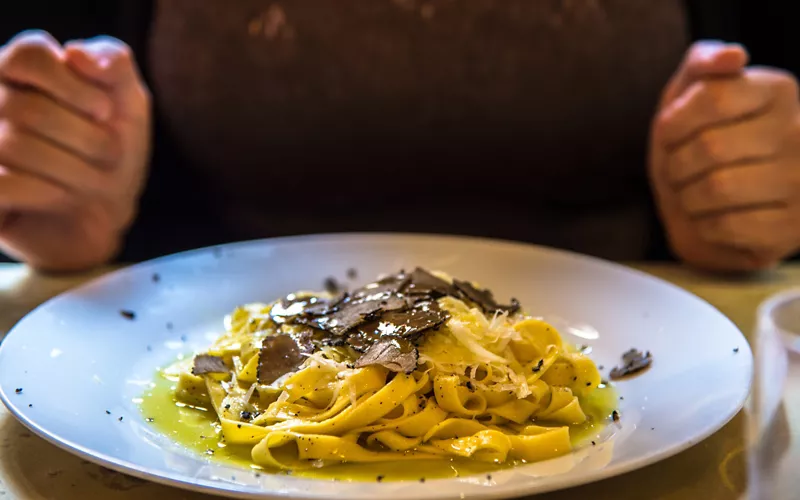
At this point the prosciutto is ready to be tasted, perhaps together with another Umbrian delicacy: Torta al testo. Of ancient peasant origins, torta al testo is also known as crescia, and is a cross between focaccia and piadina: it is made with a simple dough of water, flour, oil, salt and bicarbonate of soda, which is then cooked on the testo, the cast-iron griddle from which it takes its name. It is perfect with cured meats and cheeses, such as Pecorino di Norcia or Caciotta with truffles, a precious product of the land in which Umbria is rich.
Black truffle and pork sausage, together with sheep's ricotta cheese, are also the stars of the pasta alla norcina: this tasty sauce can be used to season stragozzi, a delicious homemade pasta typical of Spoleto and Foligno, which resembles very thick fettuccine.
Umbrian cuisine is a triumph of strong flavours and genuine tastes, the fruit of rural tradition. Like the Cicotto di Grutti, a village in the municipality of Gualdo Cattaneo. This dish, a Slow Food Presidium, combines the shank with the less valuable parts of the pig, which are the offal such as the tongue, ears, tripe and legs. Seasoned with Cannara red garlic, rosemary, black pepper and fennel, traditionally it must be cooked for a long time, up to twelve hours, in a wood-fired oven, possibly under the porchetta, in order to collect the dripping fat. The result is a soft and flavoured meat dish, which is also excellent as a base for the sauce.

